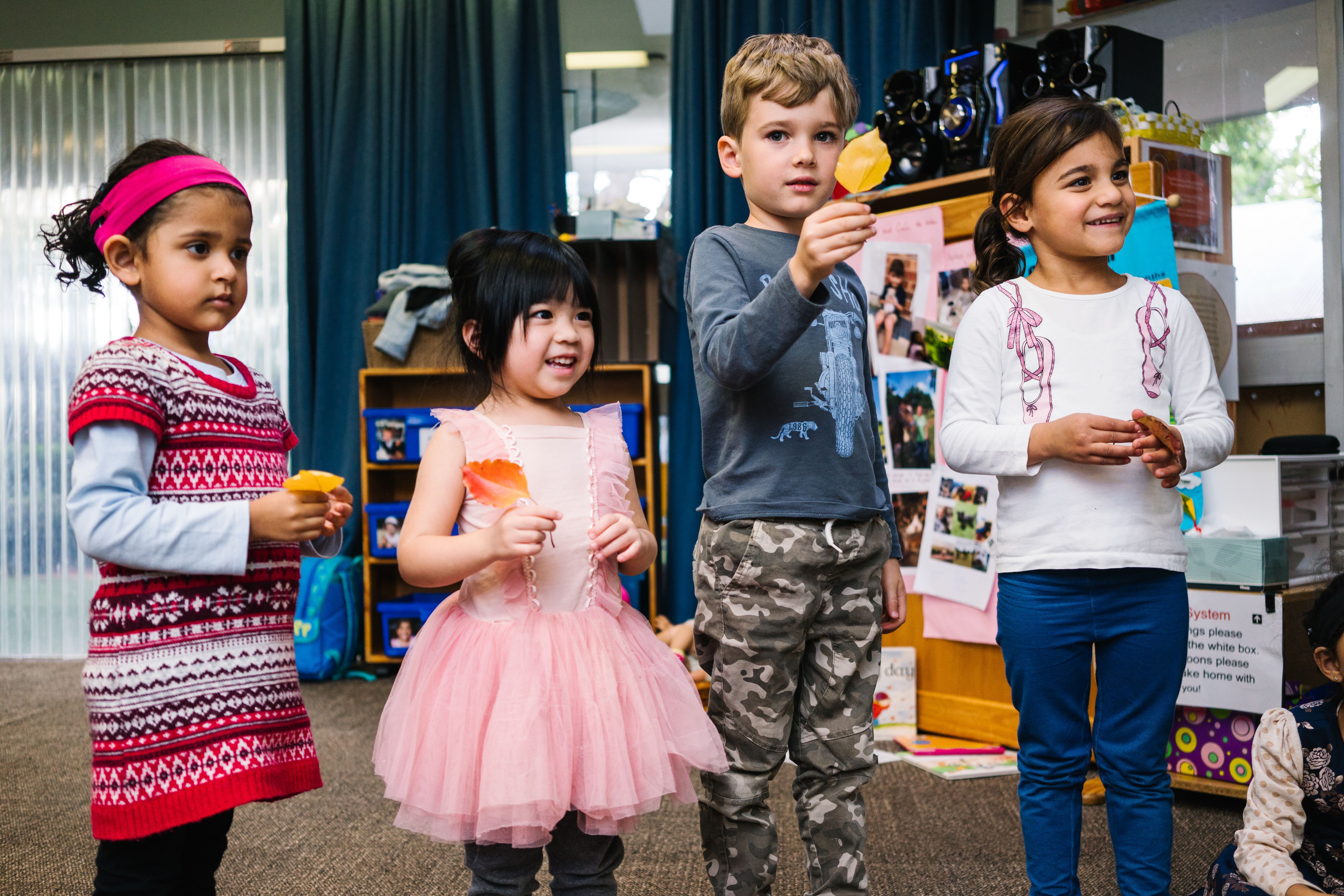
The 2021 census revealed that more than one-fifth (22%) of Australians speak a language other than English at home.
There are many benefits to speaking to your child in a language other than English at home. Besides from their being able to speak with you and your family in a language that you may be more comfortable in, experts have shown that children who learn more than one language demonstrate enhanced cognitive development, can have improved memory and concentration, and are better at solving problems. Practical benefits for your child include better communication, and career opportunities in an ever-increasing global market.
In this post we offer you some tips on raising a bilingual or multilingual child.
At what age should you start speaking to your child in the language?
Start early, in fact as soon as the baby is born.
Linguistic experts believe that children have the ability to learn multiple languages just by hearing them, even when they are too young to utter a word. They can learn any new language faster than an adult.
Some experts believe that babies can understand their mother’s language when they’re in her womb since that’s the most prominent voice they hear. And, after they’re born, they are actually able to distinguish between their mother’s voice and others’, even understanding the difference in the languages spoken.
Do babies get confused when exposed to more than one language?
This is a myth.
All the world’s languages put together comprise about 800 or so sounds. Each language uses only about 40 language sounds, or ‘phonemes’, which distinguish one language from another. Research shows that a baby is born with an unusual gift of being able to understand the difference between these 800 sounds. When they’re exposed to one or more languages, they start understanding the difference between the languages.
Tips for teaching your child a language
- Speak to your child in your mother tongue at home. While they will learn English at school or at child care, speaking to them in your native language at home will help them differentiate and understand the two languages.
- For parents with different native languages/mother tongues, you can follow the OPOL method – One Person, One Language. As it sounds, both the parents and even grandparents should speak to the baby in their preferred language or mother tongue.
- Make learning two or more languages fun for them by reading and singing to them in your native language/s. You can even interest them in watching movies in your language.
- Organise social meetings with children who are learning how to speak the same language.
- Enrol them in a language class. While speaking to your child in your language may help them understand and speak the language, if you want them to read and write the language and don’t have the time to teach them yourself, a language class can help.
- Travel to the country where the language is spoken. First-hand experience with the culture and interaction with other people speaking the language will help enhance your child’s understanding and fluency in the language.
- Be patient with them and encourage them. Children who learn a language when they are young develop more of a “near-native accent”. There may be days when you feel like you’re wasting your time, but don’t give up. Don’t discourage them if they are mixing words of two languages. They will eventually learn.